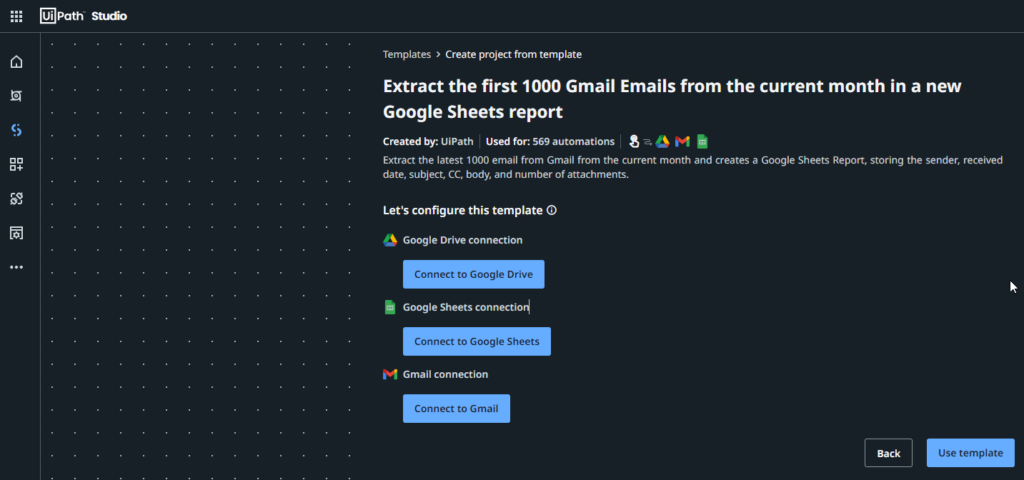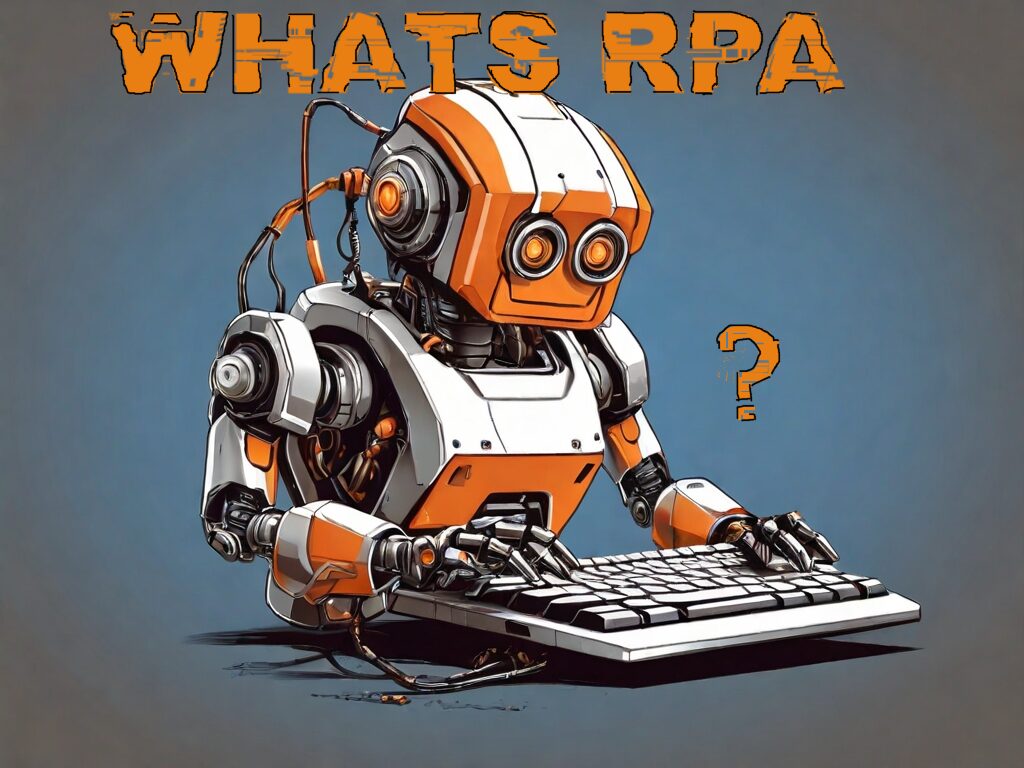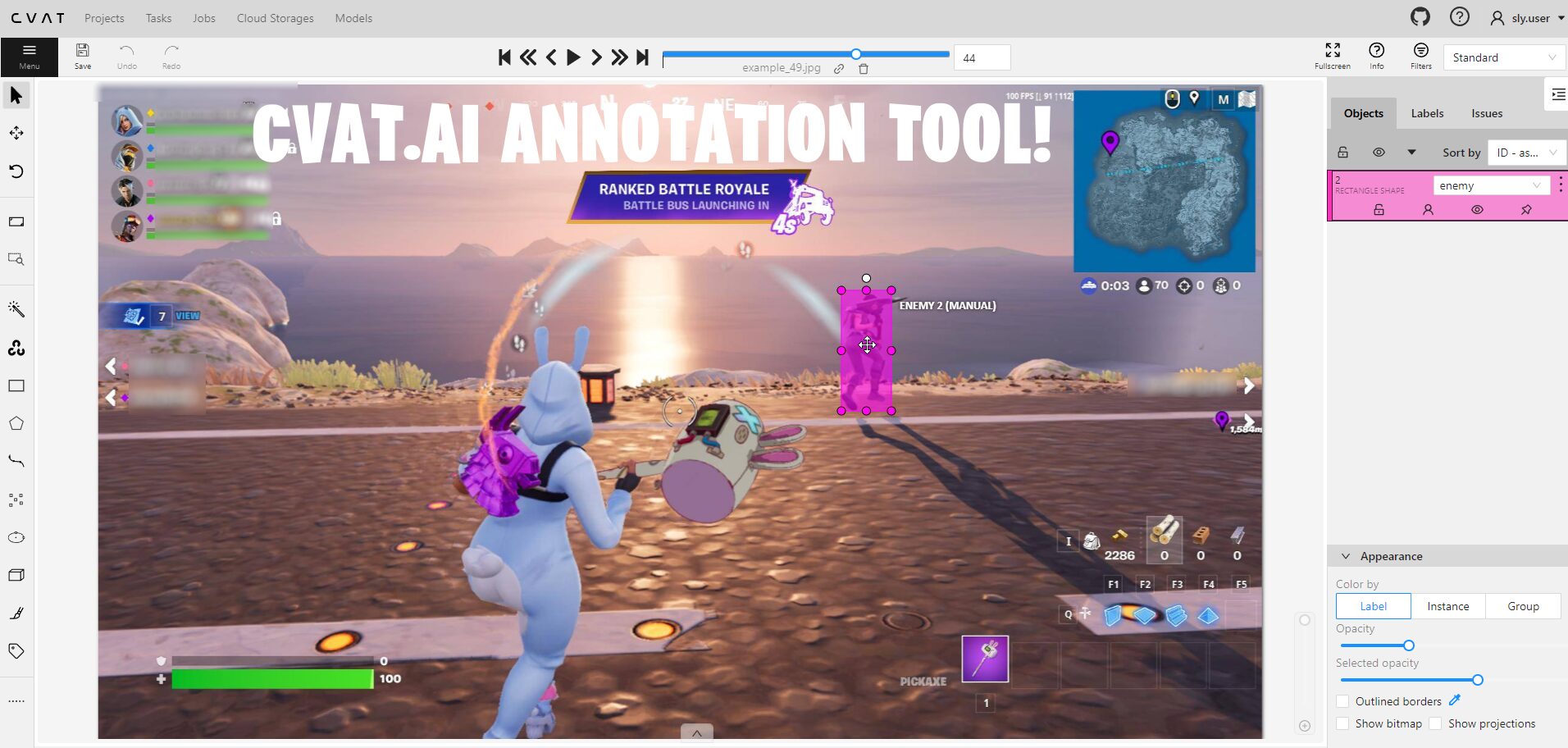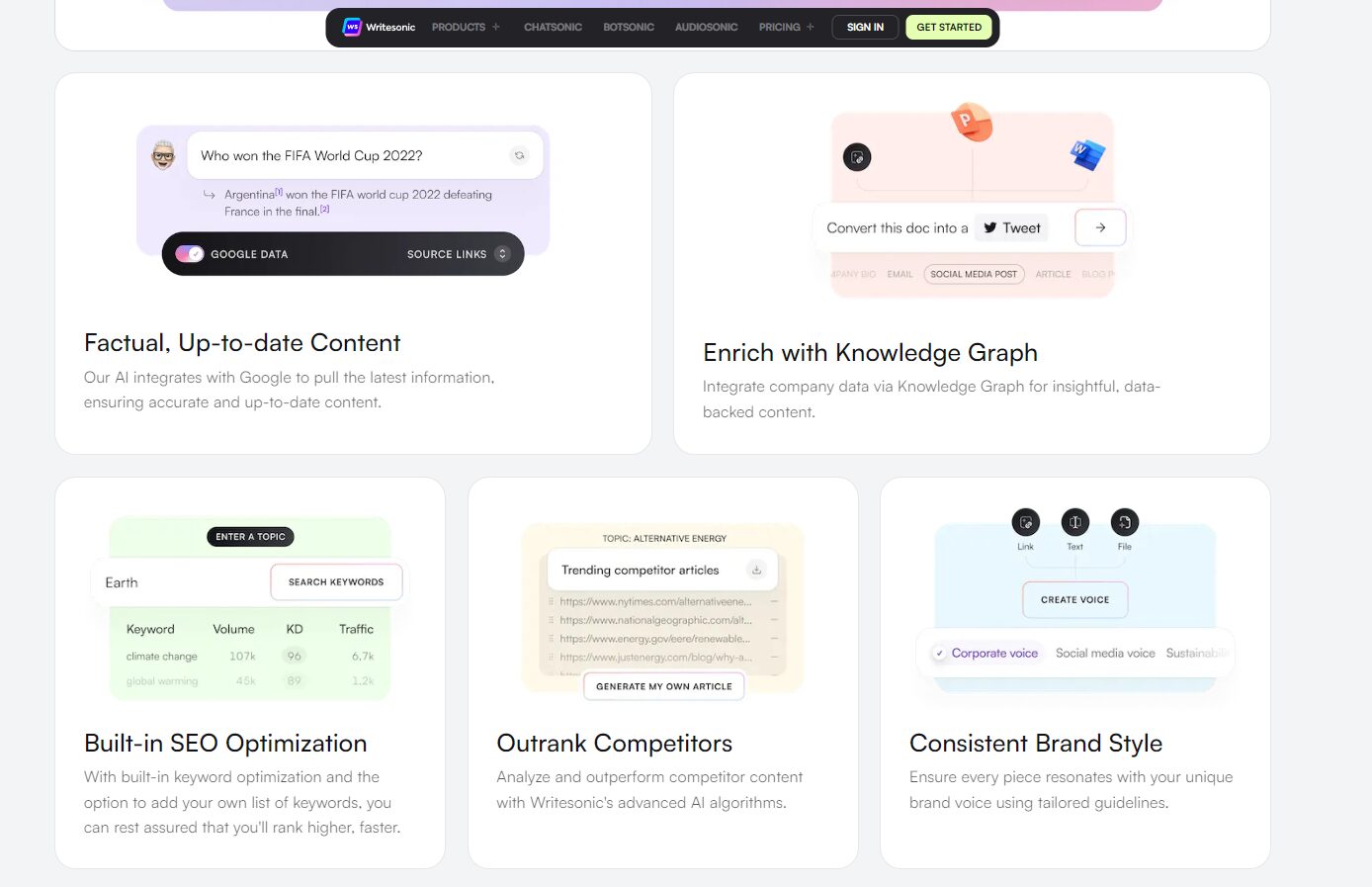Robotic Process Automation (RPA) stands as a groundbreaking facet of business process automation leveraging software robots or artificial intelligence agents. Often referred to as software robotics, RPA distinguishes itself from conventional workflow automation tools by its unique methodology and technical prowess.
While traditional automation tools necessitate a software developer to compile a list of actions and connect to backend systems using internal APIs or scripting languages, robotic process automation takes a different approach. Skip to free tier RPA platforms!
What is RPA
What does RPA mean? Robotic process automation systems learn tasks by observing users execute them in the application’s graphical user interface (GUI). They subsequently replicate these actions directly within the GUI, effectively reducing barriers to automation for products lacking dedicated APIs.
The technical kinship between robotic process automation tools and GUI testing tools is evident. However, RPA tools offer a broader spectrum, enabling seamless data handling across multiple applications. From extracting data from emails to inputting it into bookkeeping systems, robotic process automation streamlines diverse processes.
The evolution of robotic automation extends back to web and screen scraping, a technique with early ties to malware. Robotic process automation, however, exhibits a far-reaching extensibility, integrating APIs into enterprise apps, ITSM systems, and AI services like Machine Learning and image recognition. This evolution marks a significant technological stride, presenting mature and scalable software platforms suitable for large enterprise use.
Top RPA Software List
Here’s a list of popular Robotic Process Automation (RPA) software platforms:

- UiPath
- UiPath is a user-friendly and versatile RPA software platform known for its drag-and-drop functionality. It offers a comprehensive suite of tools for automation, including Studio for design, Orchestrator for management, and Robots for execution.
- Automation Anywhere
- Automation Anywhere provides a scalable RPA software platform catering to a wide range of industries. It offers features like Bot Insights for analytics, Enterprise A2019 for cloud-based automation, and IQ Bot for cognitive capabilities.
- Blue Prism
- Blue Prism focuses on providing an enterprise-grade RPA solution with a strong emphasis on security and scalability. It offers a digital workforce, control room for management, and an interconnected ecosystem for automation.
- Microsoft Power Automate
- Microsoft Power Automate, provides a user-friendly RPA software solution with a focus on ease of use and rapid deployment. It offers both attended and unattended automation capabilities.
- Nintex
- Nintex offers an RPA software platform that integrates seamlessly with its broader suite of process automation tools. It emphasizes a low-code approach, allowing users to design and deploy automated workflows easily.
- Pega
- Pega software provides a unified platform for business process management and RPA. It combines RPA with case management and decision automation, allowing for seamless integration within larger business strategies.
- WorkFusion
- WorkFusion software offers intelligent automation solutions, blending RPA with AI capabilities. It includes tools for data extraction, analytics, and machine learning, enabling end-to-end automation of complex business processes.
- Kofax
- Kofax offers an RPA software platform that integrates with its Intelligent Automation Suite. It specializes in document capture, cognitive capabilities, and process orchestration, catering to industries reliant on document processing.
- NICE
- NICE RPA software offers a scalable and comprehensive automation platform known for its attended and unattended automation capabilities. It focuses on providing solutions for both business and IT teams.
- AntWorks
- AntWorks provides a platform that combines RPA software with artificial intelligence and machine learning. It emphasizes intelligent automation, offering tools for data extraction, cognitive capabilities, and automation of complex tasks.
These RPA software platforms vary in terms of their strengths, focus areas, scalability, ease of use, and integration capabilities. Organizations often choose an RPA tool based on their specific automation needs, existing IT infrastructure, industry requirements, and the complexity of processes they aim to automate.
Top Free tier RPA Software List
- Automation Anywhere has a community edition that allows users to test out the RPA features that Uipath has to offer.
- Robocorp is a leading automation platform where developers, from hobbyists to enterprise operators, leverage Python to build and operate seamless automation solutions at any scale.
- Robocorp has a free tier and sample task packages allowing the user to test and see live examples of the autoamtion process.
RPA Benefits and Usage

Robotic automation has many advantages, including cost reduction, speed, accuracy, scalability and as ensures security for sensitive data. Its adoption circumvents the need for substantial IT transformations, leveraging existing IT assets and offering an affordable avenue for service deployment.
Implementing RPA can bring numerous benefits to organizations across various industries. Firstly, RPA streamlines workflows, resulting in increased efficiency, productivity, and profitability. By automating repetitive and mundane tasks, employees can focus on higher-value activities, leading to improved job satisfaction and engagement. RPA also accelerates digital transformation initiatives, especially in areas where legacy systems lack APIs or database access. According to a Pegasystems survey, 63% of global executives consider RPA a major component in their digital transformation journey.
RPA Risks and Impact

Despite its merits, robotic process automation carries inherent risks such as potential innovation stagnation and complicating maintenance environments. However, reports indicate a shift in employment paradigms with process automation adoption. Contrary to concerns of job displacement, many view automation as a means to redeploy resources toward more engaging tasks, boosting productivity without diminishing headcounts. According to Marc Eulerich in regards to accounting and auditing systems one of the major drawbacks is without proper documentation losing usage can lead to a loss of process knowledge where the business is not able to improve or resolve issues with a business process because the core steps have been replaced by RPA and the people have not retained that information to replicate the steps.
Other challenges are the need to address organizational culture and prepare employees for the shift in roles and responsibilities. As RPA automates repetitive tasks, organizations need to foster a culture of learning and innovation to empower employees to focus on higher-level strategic activities. Another challenge is scaling RPA across the organization. While RPA can handle multiple simultaneous operations, organizations must carefully plan for scalability, ensuring that the automation program can grow and adapt to changing needs.
Robotic Process Applications
Robotic process automation’s applications span diverse sectors, from banking and finance to customer care, eCommerce, social media marketing, optical character recognition, data extraction, and beyond. Academics predict robotic process automation, alongside technological trends, to drive substantial productivity gains globally.
RPA has found extensive applications across industries and business functions. Many organizations in the financial services sector have implemented RPA to automate tasks such as customer research, account opening, inquiry processing, and anti-money laundering. In the insurance industry, RPA is used for claims processing, policy management, and underwriting tasks. Retail companies leverage RPA to optimize customer relationship management, warehouse and order management, and fraud detection. Healthcare organizations have automated processes like information management, prescription management, insurance claim processing, and payment cycles.
The versatility of RPA makes it applicable to any high-volume, rule-based process and even cognitive processes that require advanced AI skills.
Using the free community version of UiPath studio as an example. We can create an RPA for registering emails received to google sheets and storing the file to google drive. The advantage of UiPath is it has prebuilt integration services to google drive and gmail.

The Core Role of RPA
At its core, RPA involves the use of software robots or bots to mimic human interactions with digital systems. Unlike traditional methods of integration that rely on APIs, RPA takes a unique approach. It replicates a user’s actions by logging into a computer system and recording the step-by-step processes the user follows to perform tasks such as data entry, extraction, and manipulation.
Overcoming API Limitations
One of the main advantages of RPA arises when dealing with legacy systems that lack APIs or any standardized means of communication. Many older systems were not designed with modern integration in mind, making it challenging for businesses to leverage their data in the age of interconnected technologies. RPA steps in as a versatile solution that does not rely on the presence of APIs, offering a bridge between legacy and contemporary systems.
User-Like Interaction
In the absence of APIs, RPA operates by interacting with the user interface (UI) of the legacy system, essentially replicating the actions of a human user. This means that the RPA bot is given its own account credentials to access the system, and it navigates through the UI just as a person would, clicking on buttons, inputting data, and performing various tasks.
Screen Scraping and UI Automation
The heart of RPA lies in screen scraping and UI automation. Screen scraping involves the extraction of information from the display screen, allowing the RPA bot to capture data directly from the UI. UI automation, on the other hand, enables the bot to interact with the graphical elements of the interface, effectively automating tasks without the need for direct APIs.
Advantages of RPA in API-Less Environments
- Cost-Effective Integration: RPA offers a cost-effective alternative to building APIs for legacy systems. Instead of investing resources in developing intricate integration solutions, businesses can deploy RPA bots quickly to automate processes and ensure data flow.
- Quick Deployment: Traditional integration methods often require significant time and effort. RPA, on the other hand, can be rapidly deployed, making it an ideal solution for businesses looking to streamline processes and overcome the challenges posed by the absence of APIs.
- Enhanced Accuracy and Efficiency: RPA bots execute tasks with precision and consistency, eliminating the risk of human error. This results in enhanced accuracy and efficiency, crucial for businesses dealing with data-intensive processes.
- Non-Invasive Implementation: RPA operates without altering the existing infrastructure. It does not necessitate modifications to the legacy systems, ensuring a non-invasive integration that preserves the integrity of the original setup.
In the dynamic world of technology, where legacy systems and modern platforms coexist, RPA emerges as a beacon of innovation. By replicating user interactions and bypassing the need for APIs, RPA provides businesses with a versatile and efficient solution for integrating legacy systems. As organizations continue to navigate the complexities of digital transformation, RPA stands as a testament to the adaptability and resilience of automation technologies.
Building an RPA Platform with Python
Robotic Process Automation (RPA) has emerged as a game-changer, revolutionizing how businesses streamline operations and reduce manual efforts. While several commercial RPA tools dominate the market, Python, with its robust libraries and versatility, offers an excellent foundation for crafting a custom RPA platform tailored to specific business needs.
Understanding Python’s Role in RPA Development
Python’s strength lies in its extensive libraries and ease of use, making it an ideal choice for RPA development. Its libraries like Selenium for web automation, pyautogui for GUI interactions, Pandas for data processing, and OpenCV for image recognition form the backbone of an RPA platform. Leveraging these libraries, developers can automate a spectrum of tasks across different applications and platforms.
Components of a Python-Based RPA Platform
- Task Automation Modules: Python scripts encapsulate task automation logic. For instance,
Seleniumallows navigation through web pages, form submissions, and data extraction.pyautoguihandles GUI interactions by simulating mouse clicks, keystrokes, and window controls. Each module corresponds to a specific task to be automated. - Workflow Management: Developing a workflow engine facilitates task orchestration. Python frameworks like
DjangoorFlaskcan structure the workflow by defining sequences, triggers, and dependencies for different tasks, allowing for a cohesive automation process. - Error Handling and Reporting: Implementing error handling mechanisms within Python scripts ensures graceful handling of exceptions. Additionally, integrating logging functionalities facilitates comprehensive reporting and debugging, crucial for maintaining an error-free RPA platform.
- Integration with AI/ML Capabilities: Python’s compatibility with AI and ML libraries allows the RPA platform to learn and adapt. Incorporating
TensorFloworScikit-learnenables predictive analytics, smarter decision-making, and pattern recognition for improved automation outcomes.
Advantages of Python-Powered RPA
- Flexibility and Customization: Python’s open-source nature enables tailoring the RPA platform to unique business requirements. Developers can extend functionality, integrate third-party APIs, and adapt the platform to evolving needs.
- Cost-Effectiveness: Building an RPA platform with Python eliminates licensing costs associated with commercial tools. It offers a cost-effective solution, especially for businesses with specific automation needs or budget constraints.
- Community Support and Ecosystem: Python boasts a vast community contributing to libraries and frameworks. Access to community-driven resources ensures continuous improvements, updates, and ample support for RPA development.
Challenges and Considerations
- Performance and Scalability: While Python offers versatility, it might face performance limitations compared to compiled languages for high-volume or real-time processing. Optimizing code and considering scalability becomes pivotal.
- Security and Compliance: Ensuring data security and compliance with regulations demands attention. Proper encryption, secure data handling, and adherence to compliance standards are crucial considerations.
Python’s prowess in RPA development lies in its agility, extensive libraries, and adaptability. Crafting an RPA platform with Python empowers businesses to automate processes, enhance productivity, and gain a competitive edge. While it requires expertise and considerations for challenges, the flexibility and customization offered by Python contribute significantly to shaping tailored RPA solutions aligned with organizational objectives.
By leveraging Python’s capabilities and a robust understanding of RPA requirements, businesses can embark on a journey towards seamless automation, unlocking efficiency, accuracy, and innovation across operations.
Want to get started in using python for RPA? Stay tuned for guides on the starting steps to a RPA solution for yourself and your business!
Conclusion
RPA is revolutionizing the way organizations operate, enabling them to automate repetitive tasks, increase efficiency, and drive digital transformation. Robotic process automation offers a range of benefits, including improved productivity, accuracy, compliance, and customer experiences. By integrating RPA with AI, organizations can unlock possibilities for automating complex processes and harnessing the power of data. With careful planning, implementation, and adoption, RPA can propel organizations towards a more agile and innovative future. Embrace the power of RPA and unlock your organization’s full potential in the digital age.













